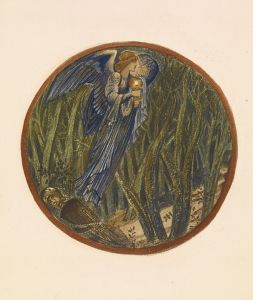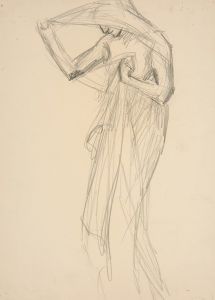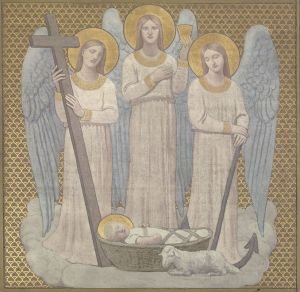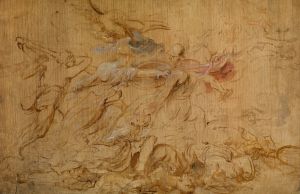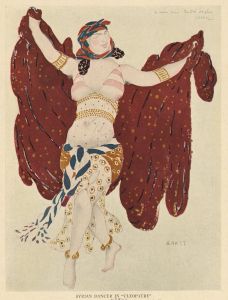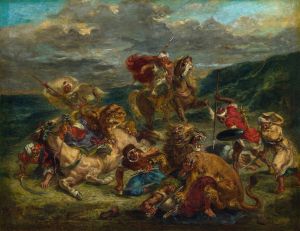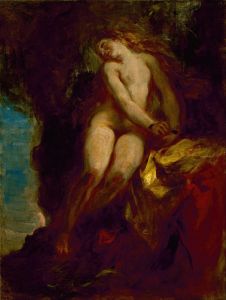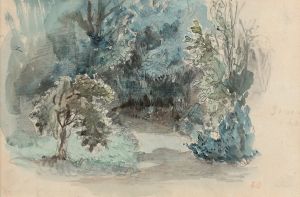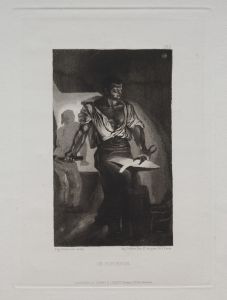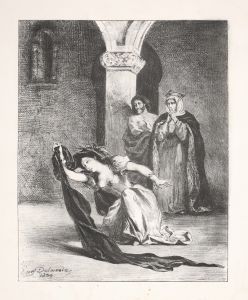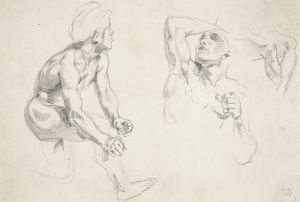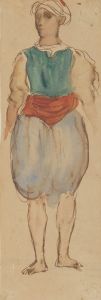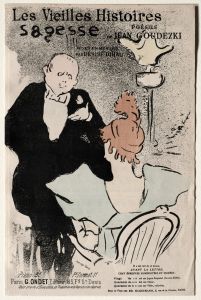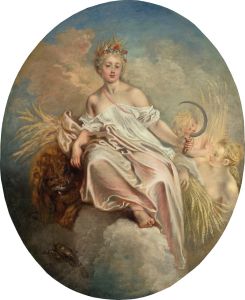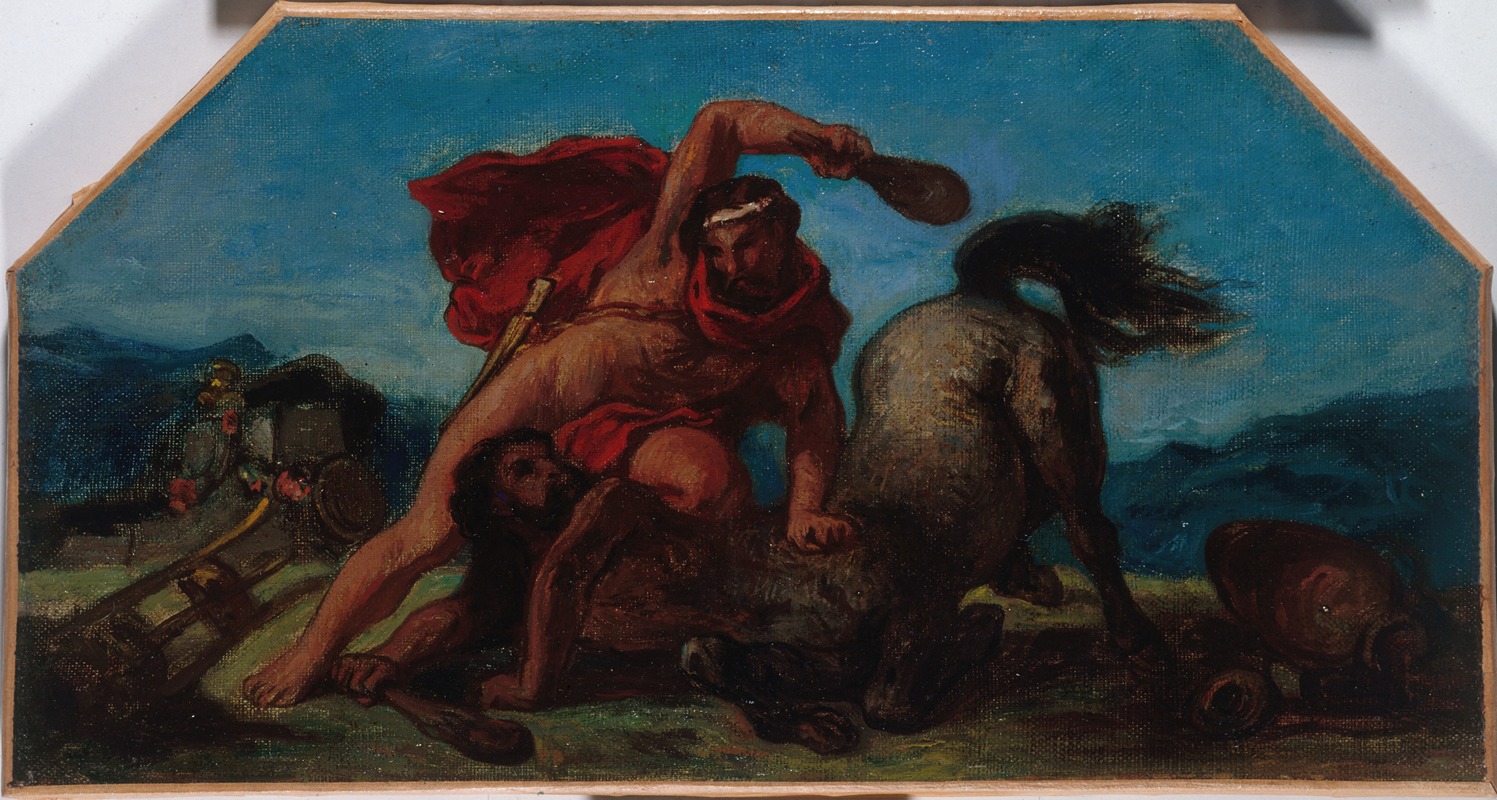
Hercule tuant le centaure Nessus
A hand-painted replica of Eugène Delacroix’s masterpiece Hercule tuant le centaure Nessus, meticulously crafted by professional artists to capture the true essence of the original. Each piece is created with museum-quality canvas and rare mineral pigments, carefully painted by experienced artists with delicate brushstrokes and rich, layered colors to perfectly recreate the texture of the original artwork. Unlike machine-printed reproductions, this hand-painted version brings the painting to life, infused with the artist’s emotions and skill in every stroke. Whether for personal collection or home decoration, it instantly elevates the artistic atmosphere of any space.
Eugène Delacroix, a leading figure of the French Romantic movement, created the painting "Hercule tuant le centaure Nessus" (Hercules Killing the Centaur Nessus) in 1850. This work is a significant representation of Delacroix's fascination with dramatic narratives and his mastery in depicting dynamic movement and emotion.
The painting illustrates a scene from Greek mythology involving Hercules, one of the most celebrated heroes of ancient lore, and Nessus, a centaur. According to myth, Nessus attempted to abduct Deianira, the wife of Hercules, while ferrying her across a river. In retaliation, Hercules shot Nessus with a poisoned arrow, an event captured vividly by Delacroix in this artwork.
Delacroix's composition is marked by its vigorous energy and the intense emotional expressions of the figures involved. Hercules is depicted in the act of delivering the fatal blow to Nessus, capturing the moment of conflict and the raw power of the hero. The centaur, a creature that is half-man and half-horse, is shown in a contorted pose, emphasizing the struggle and the dramatic tension of the scene.
The use of color in "Hercule tuant le centaure Nessus" is typical of Delacroix's style, with rich, vibrant hues that enhance the drama of the narrative. The artist employs a dynamic palette to highlight the muscular form of Hercules and the chaotic movement of the centaur, creating a sense of immediacy and action. Delacroix's brushwork is expressive, contributing to the overall sense of movement and the emotional intensity of the scene.
This painting reflects Delacroix's interest in themes of heroism, violence, and the human condition, common subjects in Romantic art. His work often explored the complexities of human emotions and the darker aspects of mythology and history, making him a pivotal figure in the transition from Neoclassicism to Romanticism in French art.
"Hercule tuant le centaure Nessus" is housed in the Musée des Beaux-Arts de Rouen in France, where it continues to be an important piece for both its artistic merit and its representation of Delacroix's contribution to 19th-century art. The painting is a testament to Delacroix's skill in combining classical themes with a Romantic sensibility, characterized by a focus on emotion, color, and movement.
Delacroix's influence on later artists was profound, as he inspired a generation of painters who admired his innovative use of color and his ability to convey intense emotion. His works, including "Hercule tuant le centaure Nessus," remain influential in the study of Romantic art and continue to be celebrated for their dynamic compositions and emotional depth.
In summary, "Hercule tuant le centaure Nessus" is a quintessential example of Eugène Delacroix's artistic prowess, showcasing his ability to bring mythological tales to life with vivid color, dramatic movement, and emotional intensity. The painting remains a significant piece within the Romantic art movement and continues to captivate audiences with its powerful depiction of a timeless mythological narrative.





